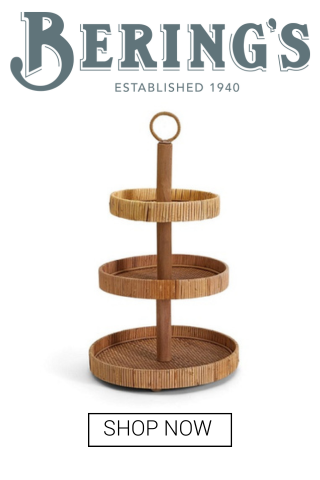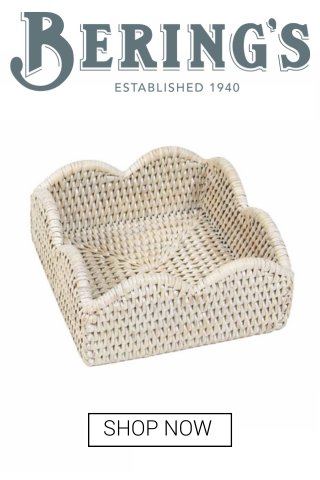Sommelier Turned Winemaker On the Red Wine of White Wine, Sailing Wines and Biblical Wines
Talking Grapes With Component's Michael Kennedy
BY James Brock // 12.09.20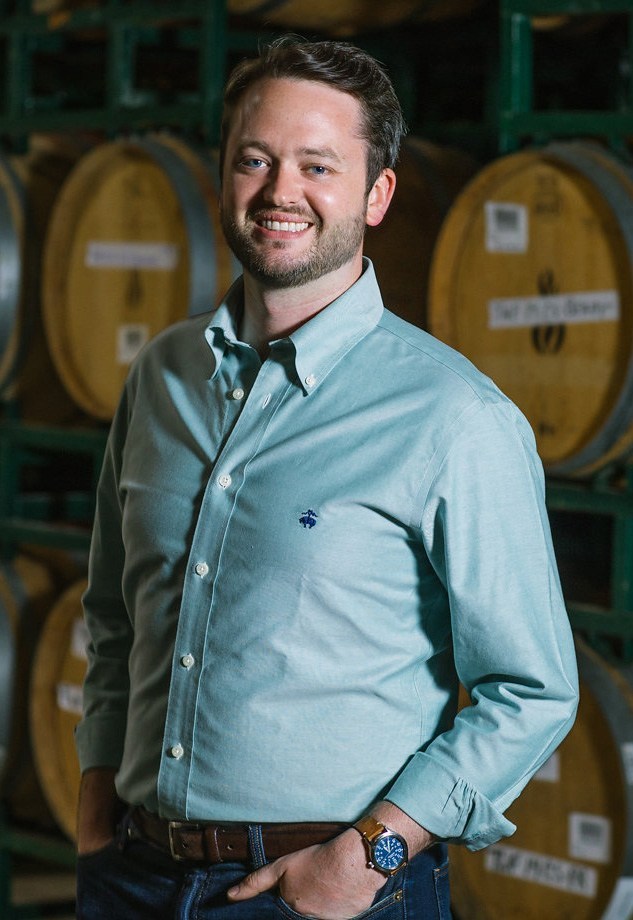
Michael Kennedy makes wine in Bordeaux and Napa.
I love to talk about wine with people who share my passion for it. We open bottles, we trade stories about travel and soil types, terroir and residual sugar, and we talk of taste and food and restaurants. We recommend wines to one another, we drink, and we learn a lot.
In Wine Talk, I introduce you to friends, acquaintances, and people I meet as I make my way around the world, individuals who love wine as much as I do, who live to taste, who farm and make wine. You’ll appreciate their insight, and I hope you’ll learn something from them as well.
I was waiting on Michael Kennedy at the bar. I had tasted his wines the week before, and was looking forward to meeting him in person. Email correspondence had given me a good idea of the man — thorough, enthusiastic, intelligent — and I’m always happy when my initial assessment is verified. In Kennedy’s case, I was correct.
He had come to Houston to sell his wine, which I was representing with Monopole Wines. Component is Kennedy’s label, and wines bearing the name hail from Napa and Bordeaux. He and his partners have three lieux-dits (left and right banks) in Bordeaux from which they source fruit (merlot, cabernet franc, and cabernet sauvignon), and in Napa they have made wines with grapes grown in the Yount Mill Vineyard (sémillon), the Caldwell Vineyard (cabernet franc), and on Pritchard Hill (cabernet sauvignon, cabernet franc, and petit verdot).
Lunch was a glass of wine and a croquet madame, paired with lots of conversation, and afterward, I was convinced that Kennedy was someone I would be glad to know. We visited a few restaurants, and a country club or two, and sold some wine. We had dinner that evening, at Tony’s, joined by a few people Kennedy had met on Grand Cayman — he was a sommelier at Blue by Eric Ripert at the Ritz-Carlton — and the conversation continued (and continues).
Kennedy’s career includes serving as the beverage director at the Cayman Cookout, and his first vintage at Component was 2013. If you haven’t tasted what he is making, you will be in for a pleasant experience. I look forward to again sharing a table with him after the pandemic’s demise allows such pleasures.
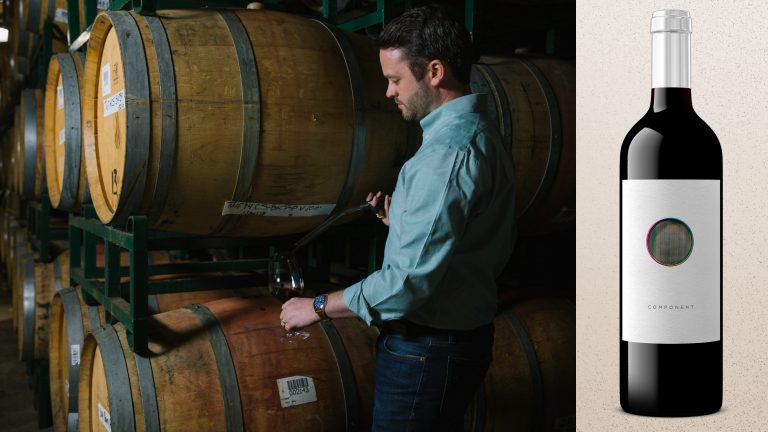
Here is Michael Kennedy’s Wine Talk:
James Brock: Tell us about three wines you think are drinking well at the moment. What makes them worthwhile? How about a food pairing for each one?
Michael Kennedy: In our portfolio, I have really been loving our sémillon this summer. It’s über fresh, with a bit of saltiness — perfect with raw oysters or other beach foods like ceviche. I have also been drinking quite a bit of our 2017 reds from Bordeaux. It’s a “fresh” vintage, so that means they’re drinking well young. Unlike in 2016, where our wines were austere and serious, the ’17 allows for some immediate pleasure out of the bottle. Strange, of course, to say young Bordeaux at this price point is drinking well, but I love vibrancy and acidity, which it delivers.
I like drinking these wines with meats — meaning pork tenderloin, crispy-skin chicken — especially if prepared simply on the grill, perhaps with some herbal friends like grilled rosemary. This will really trigger the herbacious qualities of the wine, while allowing the juicy acidity to play well with mid-weight meats. (2018 Component Sémillon, Yount Mill Vineyard, Napa $68 a bottle, 2017 Component La Carrière cabernet Franc, Saint-Emilion, Bordeaux $170 a bottle.)
JB: If cost was no consideration, tell us the one bottle you would add to your personal collection, and why?
MK: If cost was no matter. . . I’d love to have a cellar full of Château Lafleur. I truly have not had an experience quite like I had visiting the estate and learning from their winemaking team. The wine is so light, almost hard to believe it comes from Bordeaux, but what it doesn’t have is where I fall in love. It replaces weight with flowery elegance and toys with your mind. At one moment, the wine is intense, in the very next it is subtle. Alternatively, I’d love to acquire all of the old American zinfandels out there — the classics from Ravenswood, Ridge, Swan — even further back from Martini and others. This varietal is so underappreciated — in fact, I like it that way.
JB: What is your favorite grape, and why?
MK: I wish I was cool enough to say something like palomino or even chenin blanc, but I have to say the white wine I drink most at home is chardonnay. I am a sucker for Bourgogne blanc. Benjamin Leroux described it as the “red wine of white wines,” and that’s true. It can be so complex — texturally, aromatically — and confounding as well. If there’s another varietal I love, it’s cabernet franc — the feminine to the masculine cabernet sauvignon.
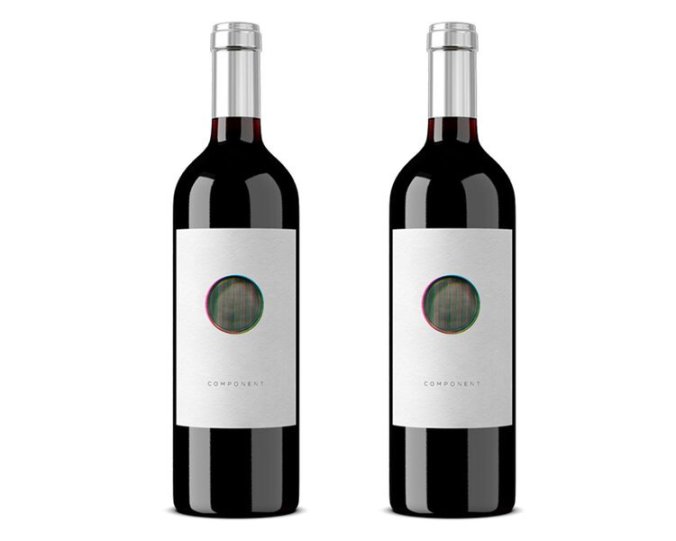
JB: How about one bottle that our readers should buy now to cellar for 10 years, to celebrate a birth, anniversary, or other red-letter day?
MK: Buy more American zinfandel — something like Bedrock from a historic vineyard site (Monte Rosso, planted in 1886, is a good start). Not many people realize that some of the consistently oldest vines for commercial production are right here in the U.S. Plus, zinfandel ages beautifully.
JB: Where is your go-to place when you want to have a glass or bottle?
MK: All I want to do right now is go sailing with a bunch of friends and a cooler filled with entry-level white Burgundy, vinho verde, muscadet and pinot grigio. Maybe next year. . .
JB: If there was one thing you wish everyone would keep in mind when buying and drinking wine, what is it?
MK: Wine is wine, you know? One of the coolest guys in the business is a man named Alessandro Masnaghetti. He’s an Italian mapmaker, and he said something that struck me recently in regard to “famous” winemakers. He talks about the phenomenon of “geniuses” in winemaking being compared to Einstein or Dante — and the ridiculousness of this.
One of those men discovered the theory of relativity, winemakers make wine for people to consume. I don’t know, I guess I just wish people would enjoy wine more — and stop “analytically tasting” wine. Just love what’s in your glass (but make sure it’s tasty).
JB: What is your “wine eureka moment,” the incident/taste/encounter that put you and wine on an intimate plane forever?
MK: I feel like I’ve been talking a lot about Bordeaux, but, oh well. I have two moments, and both over a bottle of Bordeaux.
First, a 1996 Château Montrose with my then-mentor, Allyson Gorsuch. We had worked a long tasting event and one of the benefactors of the event put out cases of wine from his cellar for us (the sommeliers working the event) to enjoy. I was just studying for my certified sommelier, and Gorsuch was studying for her advanced. Everyone immediately took the Burgundy and Napa big shots, and we went with Montrose.
It was in the “bret” days of the estate — and man was it awesome. We popped the bottle, sat down, and talked for two hours, watching the wine evolve. Over that conversation (which was arguably better than the wine), we saw this wine take a wild ride. It taught me about complexity.
The most important wine lesson I learned over a bottle of wine happened in 2012, when I had been given a bottle of 2005 Carruades de Lafite (the second wine of Lafite). I opened it with essentially the only wine collector I knew at the time. He had an excellent old-world cellar, and in an effort to prove to him that I knew something about wine (I had recently passed my certified sommelier) I Googled everything on the internet I could find about the estate, the winemaker, the vintage, etc.
I opened the bottle and started babbling through everything I memorized earlier that day. This kind and experienced collector was so gracious. He listened and engaged sparingly. And when I ran out of information, it was a much quieter turn in the evening. After some time of silence, he started telling me things like, “This wine has really improved since I tasted it shortly after release five years ago,” and, “It reminds me of how the 1990 tasted at this stage,” and, “It seems to me that this wine will have a similar path of aging to the 1996.”
It was in that moment that I realized I cannot “memorize” experience and that I should shut up, listen, and drink as many great wines as I can. To this day, I have to fight the urge to say too much, because I don’t want tomiss something of meaning from someone more intelligent, experience and generous than myself. (Although look how much I wrote here.)
JB:What has been the strangest moment or incident involving wine that you have experienced in your career?
MK: Too many to mention. It’s an industry filled with characters! One of my favorites, though, is also one of my most embarrassing. I was 21, first month in the industry — straight out of college — and my brother’s friend who owns a really excellent distribution company invited us to a portfolio tasting. We of course decided to attend and loved every minute of walking around experiencing the different wines and producers.
It was all well and good until we walked up to the table of a top Italian winemaking family, hosted by the beautiful daughter of the founder. She was in a stunning white dress and had opened some of their family’s top red wines. There was even an older vintage in a large, wide-based decanter. I tasted through, somewhat starstruck about the wines, and when it came for her to pour us the older wine, I took a deep sip of it.
My wonderful brother whispered a comment about her not being able to use the decanter well right as the wine hit my palate, and I sprayed the family’s rare red wine all over this woman in the white dress. I was mortified, and basically blacked out and ran away. I saw her years later from across the room at Food & Wine Classic in Aspen and immediately changed course to avoid her in the off chance she recognized me. So, yeah.
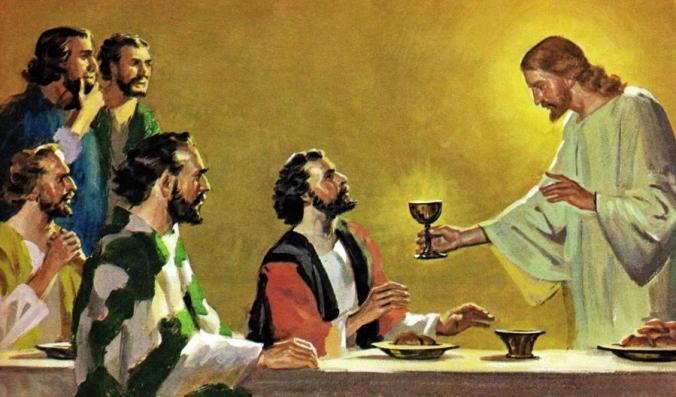
JB: What is your favorite wine reference in a work of literature or a film?
MK: I feel like there are plenty of deep and philosophical references out there, but I recently started looking at biblical wine references. I found a diagram of a wine press from Jesus’ times and then decided to see exactly how much wine Jesus made as his first miracle. Turns out, we know quite exactly how much wine: “Six stone water jars, containing 20-30 gallons each”. That’s about equal to one ton of grapes or two standard barrels, or 50 cases of wine. Man, I would have loved to have tasted that.
For more wine, travel and other stories from James Brock, check out Mise en Place.
